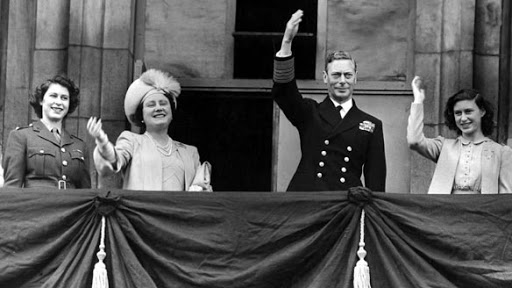Westbourne Village
|
|---|
How the Royals helped fool Nazis over D-Day
The Royal Family's active part in wartime efforts to deceive the Nazis about the D-Day landings was a closely guarded secret. George VI, the Queen Mother and even a young Princess Elizabeth were involved in efforts to distract Axis attention away from the intended location of the Allied invasion of Europe in Normandy by planting a trail of false leads. In 1944 the king was actively working on behalf of British intelligence. He had been fully admitted into the ultra-secret planning for Operation Overlord, the codename for that June's D-Day landings. On March 3 his private secretary Sir Alan Lascelles noted in his diary: 'Two 'MI' men called on me yesterday, and explained how the king's visits in the next few months could assist the elaborate cover scheme whereby we are endeavouring to bamboozle the German intelligence over the time and place for Overlord.' Intelligence expert Dr Rory Cormac described the situation as a 'really significant clue, as it just gives a little hint that the king not only knew about one of the biggest secrets of the war, but had an active and personal role in it himself'. George's visits to troops in southern England - previously thought to be random photo opportunities - were part of an elaborate disinformation campaign. In particular, visits to the South-East were publicised to convince the Nazis that Calais was the point of attack, rather than Normandy, and that the invasion was imminent rather than still in preparation. Princess Elizabeth was also enlisted in the deception strategy. A newspaper report on March 24 said she had made her first 'full-length tour' to inspect troops with her parents. Such publicity around a visit from the whole Royal Family was used to 'amplify' the efforts to deceive the Nazis. Footnotes: |